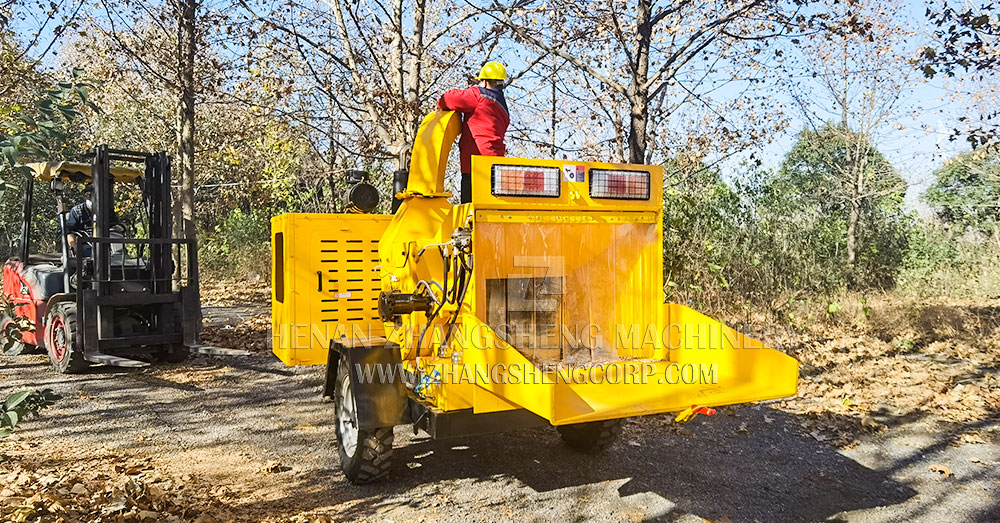Horizontal grinders come in several configurations, each designed for different applications, from small-scale landscaping projects to large-scale industrial operations. Here’s an overview of the main types:
Stationary Horizontal Grinders
Stationary horizontal grinders are designed for fixed installations and are commonly used in larger industrial applications where high-volume waste processing is required. These grinders are typically housed in dedicated processing plants or recycling facilities and are designed to handle a significant amount of material continuously. Stationary grinders are ideal for operations that require consistent output, such as biomass fuel production, mulch processing, and construction and demolition recycling.

Portable Horizontal Grinders
Portable horizontal grinders are a flexible and mobile solution for companies that need to move their equipment from one site to another. These machines can be towed by trucks or mounted on trailers, making them ideal for land clearing, forestry, or other outdoor projects. Portable grinders provide the same high processing power as stationary models but offer the added advantage of mobility. They are often used in smaller, more localized operations where the grinding process needs to happen on-site.
Tracked Horizontal Grinders
Tracked horizontal grinders combine the mobility of portable grinders with the added stability of a tracked undercarriage. These grinders are designed for rugged terrains, providing excellent traction and maneuverability on uneven ground, making them perfect for land clearing, forest management, and large-scale demolition projects. The tracks allow these grinders to navigate through difficult terrain, providing versatility and reliability in challenging environments.


